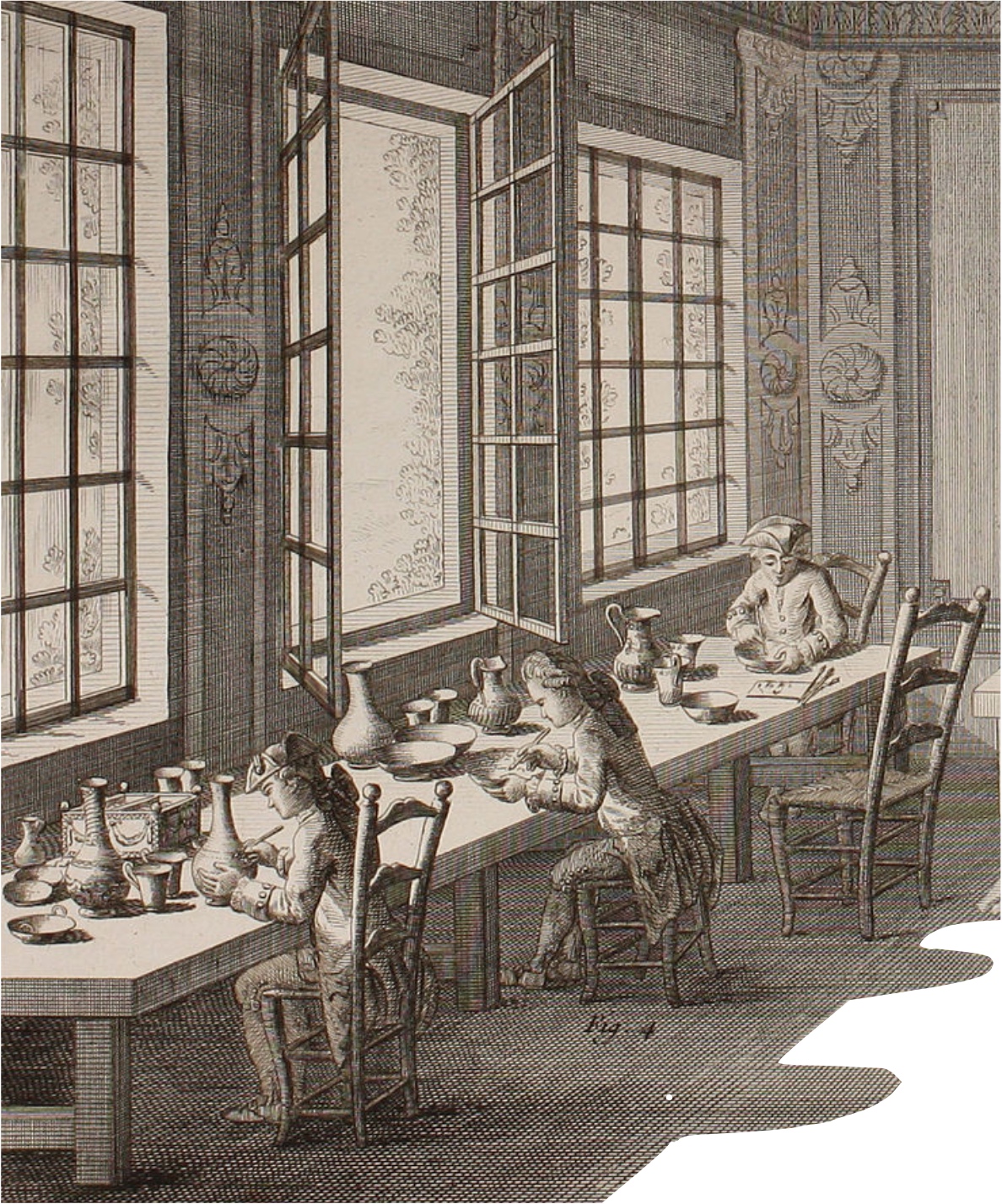
To make the colors liquid and paintable, gums, oils and sugar were used. Each option had its problems: sugar attracted flies which ate colors and destroyed drawings before they were dry; dried gums sometimes peeled off because they were not very adherent; and the solubility of essential oil could blur drawing outlines.
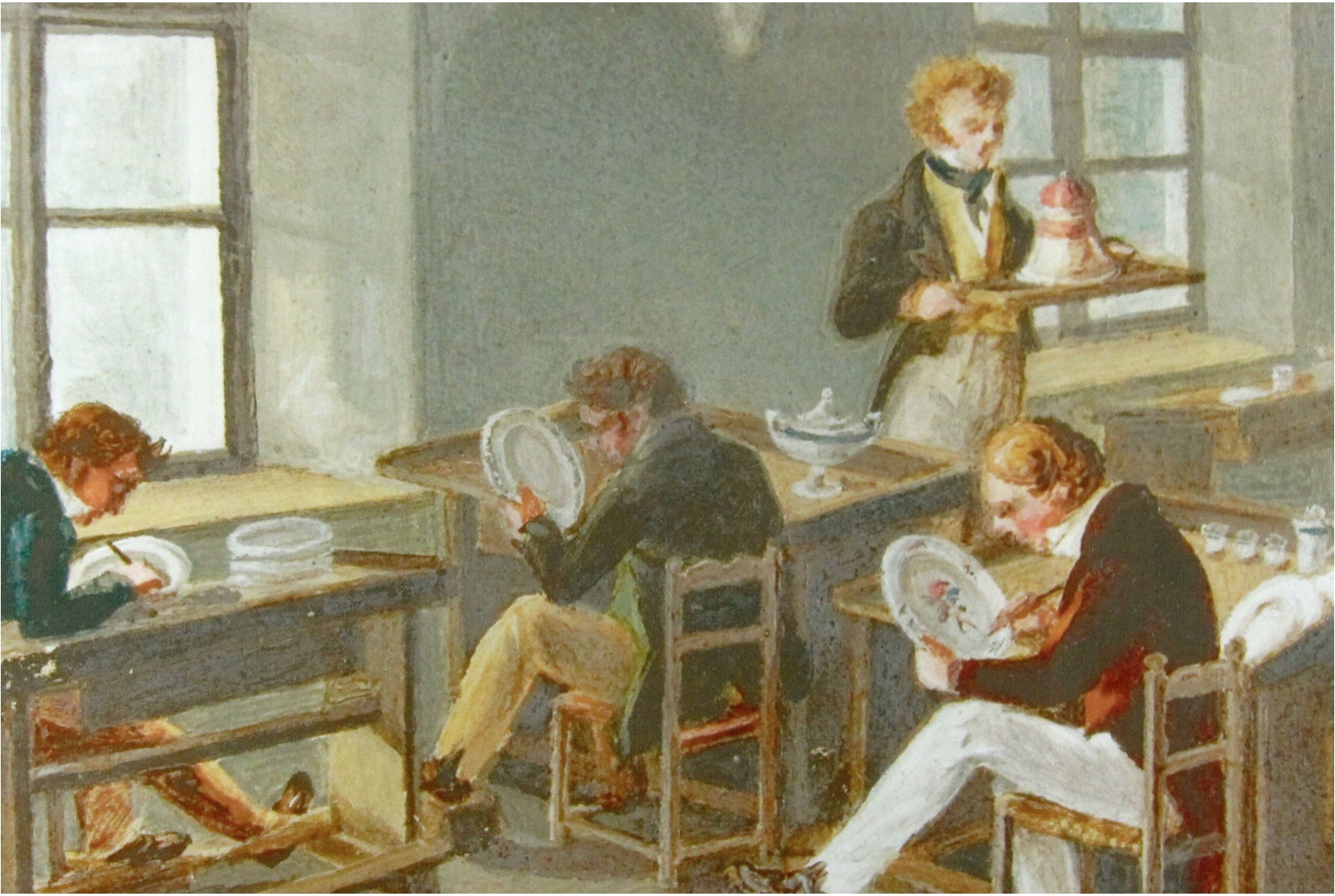
Because soft paste was fired at a lower temperature, its range of color possibilities was wider than hard paste’s. Even though it produced soft-paste “fake” porcelain, the Sèvres manufacture conquered the European market from Meissen with its bright and lavish colors by the end of the 18th century.
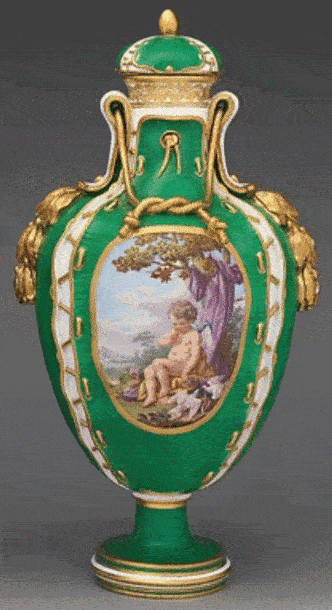

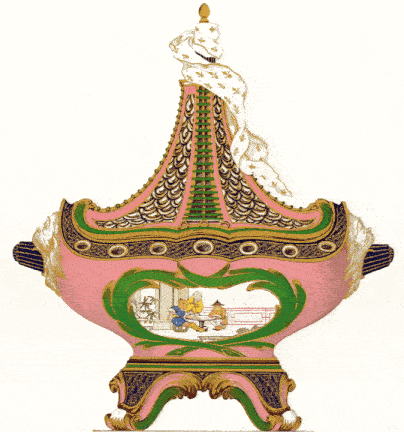

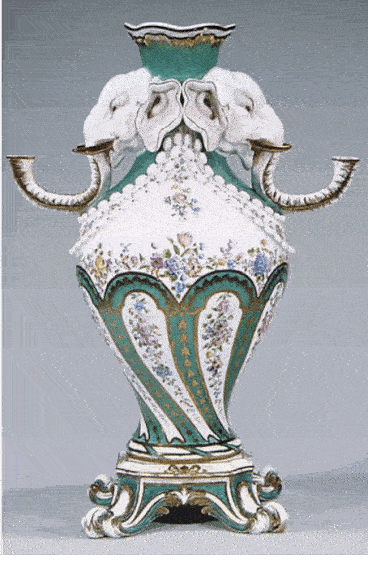
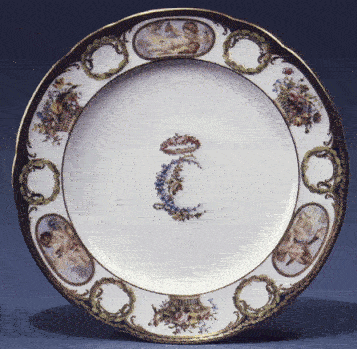
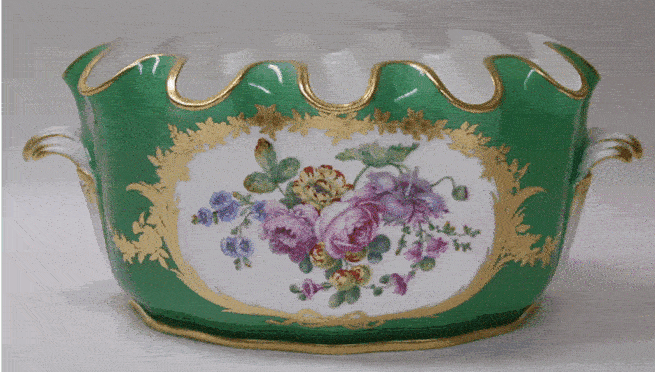


Photos: © The Metropolitan Museum of Art. Watercolors: Édouard Garnier. La porcelaine tendre de Sèvres. 1891
Images, left to right, top to bottom:
1. Vase. Sèvres Manufactory. ca. 1765–70. © The Metropolitan Museum of Art
2. Vase. Sèvres Manufactory. ca. 1757–58. © The Metropolitan Museum of Art
3. Potpourri vase. Sèvres Manufactory. 1760. Photograph courtesy of Professor Anne Higonnet
4. Vase with cover. 1764. © The Metropolitan Museum of Art
5. Elephant-head vase. Sèvres Manufactory. ca. 1756–62. © The Metropolitan Museum of Art
6. Plate. Sèvres Manufactory. 1773. © The Metropolitan Museum of Art
7. Monteith. Sèvres Manufactory. 1771. © The Metropolitan Museum of Art
8. Flower vase. Sèvres Manufactory. ca. 1760–61.© The Metropolitan Museum of Art
9. Potpourri vase. Sèvres Manufactory. ca. 1756–57.© The Metropolitan Museum of Art